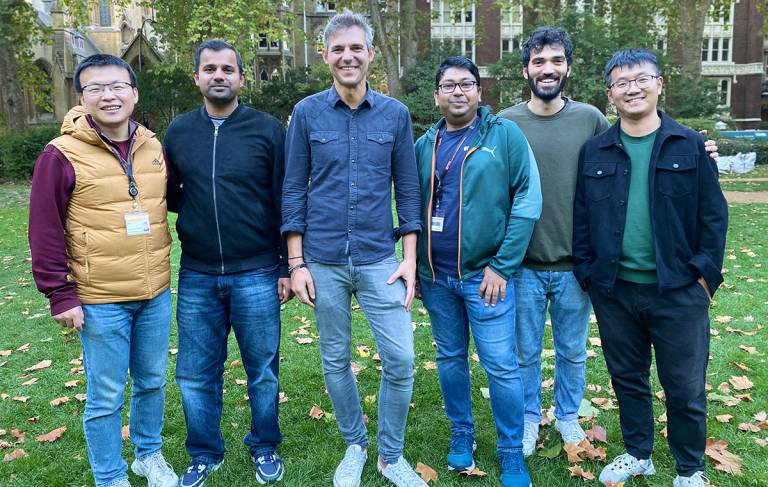About Us
The Photonic Innovations Lab’s mission is to advance the fundamental understanding of light and its interaction with matter. With our research, we aspire to contribute towards tackling some of the world’s most urgent challenges.

Research themes investigated in the pi-lab include precise and large scale fabrication of nanostructures; multifunctional surfaces with anti-reflective, self-cleaning, anti-fogging and anti-microbial properties; renewable energy generation with luminescent solar concentrators; improving the energy efficiency of the built environment with themochromic materials.
We take a holistic approach, covering all elements of the research chain from design and theoretical modelling to fabrication and experimental characterisation. We are particulary interested in phenomena occuring on the nanoscale; for example properly designed nanostructures can accurately manipulate the properties of light or modify the wettability of surfaces.
We interact with scientists from a variety of disciplines with whom we share knowledge and resources because we understand that cross “disciplinarity” frequently stimulates radically new ideas. The composition of our group is a micrograph of this approach as our members stem from a wide variety of backgrounds including Engineering, Physics, Mathematics and Chemistry. Within the group we nurture a new generation of scientists and equip them with the skillsets to become independent researchers with the power to help society.
The group deeply appreciates the importance of technology transfer from the lab to the market. Although our primary involvement is with long term, curiosity driven research, we also work closely with our industrial partners to commercialise our more applied concepts.
 Close
Close

